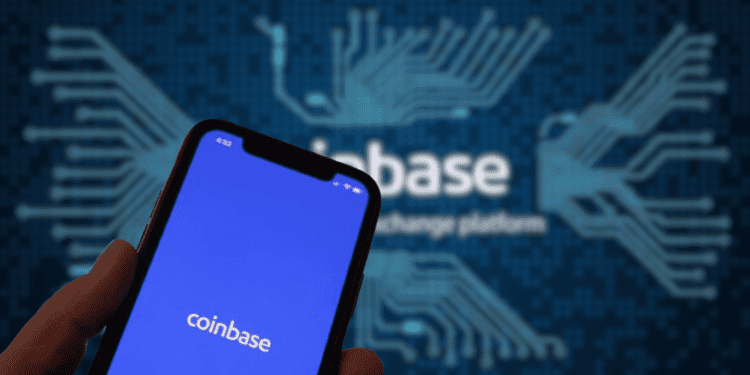- Coinbase launched its “smart wallets,” which it dubbed as crypto’s “iPhone moment,” aiming to onboard a billion users onchain without requiring seed phrases, browser extensions, or applications.
- The smart wallets use passkeys, often relying on biometric identification like facial recognition or fingerprints, instead of traditional private keys to sign transactions.
- Coinbase is also providing gas credits to developers who integrate smart wallets into their applications, incentivizing them to drive user adoption of this new wallet technology.
Coinbase has rolled out smart wallets, which it believes will be a breakthrough moment for crypto adoption similar to the launch of the iPhone. The wallets aim to simplify onboarding and remove friction for new users.
How Smart Wallets Work
Smart wallets utilize passkeys for login instead of traditional private keys. Passkeys are generated on the user’s device and secured by biometrics like fingerprint or facial recognition. This removes the need for seed phrases, passwords, or third party wallet installations.
Benefits for Developers and Users
The launch coincides with a program for developers to sponsor gas fees for users. This helps retain users during onboarding by removing the need to set up a separate crypto wallet. Developers can earn gas credits for adding smart wallet integration.
Smart wallets also allow new crypto users to start using dapps immediately. The simplified experience helps expand access beyond crypto’s current niche userbase.
Current Support and Adoption
Smart wallets are supported on Base, Arbitrum, Avalanche and Ethereum. However, Ethereum is not preferred due to high gas costs.
While Coinbase has over 110 million users, Base currently has 10 million total users. Moonwell, a top Base protocol, is a launch partner for smart wallets. Users can now interact with Moonwell without paying gas fees.
The Future of Smart Wallets
The launch has generated excitement as a potential catalyst for mainstream crypto adoption. If successful, it would mirror the iPhone’s impact in onboarding millions of casual users to smartphone apps.














